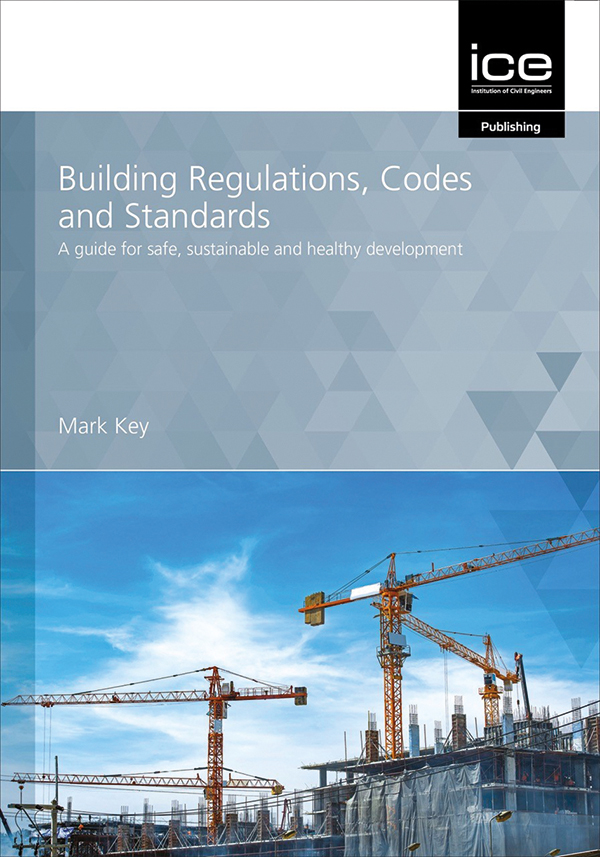
CM asks Dr Mark Key MCIOB about his new book Building Regulations, Codes and Standards: A guide for safe, sustainable and healthy development.
What are the top-line issues covered by the book?
Rising energy needs, climate change, the depletion of natural resources and the destruction of natural habitats have emerged as large-scale and complex challenges for the regulation of our built environment on an international basis.
The nature of performance-based systems has resulted in the continuing expansion and increasing complexity/cost of standards that are generally lacking in specificity. Generally, new buildings tend to underperform against design targets. This performance gap has been recognised as a widespread problem for many years.
How will the book help professionals to do their day-to-day work?
It offers concise guidance on parts of the Building Regulations 2010 that are most likely to form part of issues experienced by professionals working in England. It also covers the functional requirements of the Building Regulations and their technical solutions.
Checklists boil down over 1,300 pages of guidance contained in 21 approved documents into a concise one-stop reference, including hyperlinks to take users directly to sources and further detail. The checklists can be accessed via the ICE Publishing website following purchase of the book.
How can building standards help to lower the impact of our built environment on our natural environment?
The book compares requirements in Europe, North America, Australasia and Japan. While some standards used in other countries are better placed to deal with global challenges such as climate change, collectively, not enough is being done to meet internationally agreed targets.

At the moment, the built environment is relying on the awareness and conscience of a minority of organisations and professionals who utilise voluntary rating schemes (such as BREEAM and LEED) to minimise the impact.
To achieve meaningful change, only a concerted global effort to improve and consistently apply building standards will achieve the levels of change required.
The book looks at the sustainable development goals (SDGs) that are most closely linked to the built environment in detail, highlighting the level of change required to global building standards. It sets out an indicative global framework for building standards that could serve to lower markedly the current levels of impact on our natural environment.
What can be done to help professionals cope with increasingly complex building standards?
Reviews of high-profile events such as the leaky building crisis in New Zealand and Grenfell Tower fire in England have tended to criticise competence levels and assess how they might be improved.
The book explores ways in which built environment professionals might be helped to cope with the increasing complexity of performance-based building standards, including ways in which standards might be simplified and the potential means of streamlining information creation, analysis and management.










